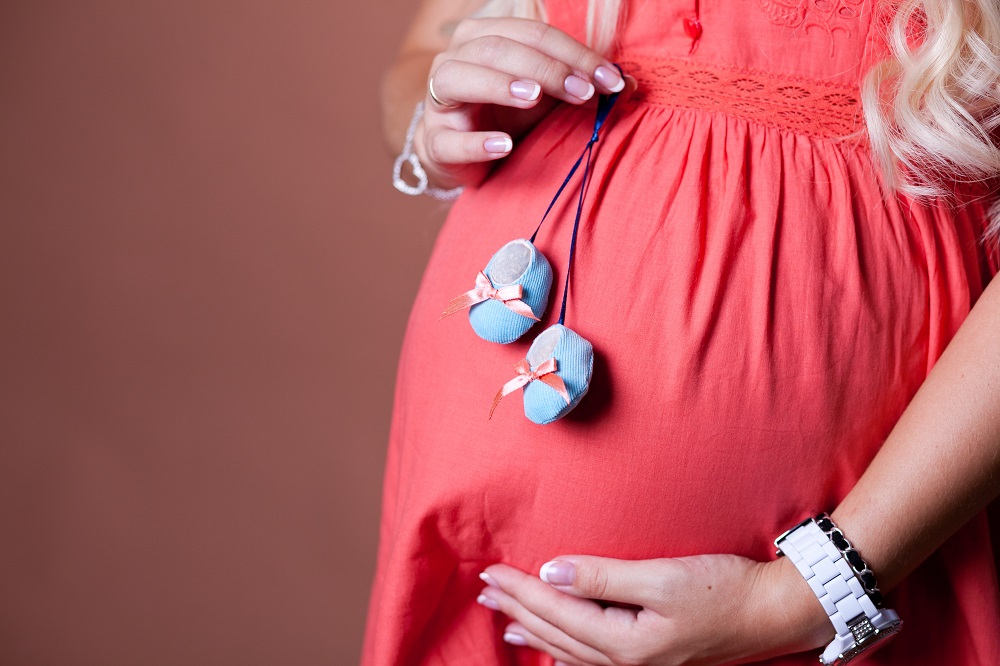Share

THE BEST BIRTH CONTROL OPTIONS WHILE BREASTFEEDING
By Victoria Healthcare 09 July 2019

After giving birth, ovulation period will happen sooner or later depending on whether the mother breastfeeds her baby. For non-breastfeeding mothers, ovulation period returns on average of 39 days and as early as 25 days after giving birth. For women who breast their baby, ovulation period will be delayed depends on the frequency and duration of breastfeeding. Ovulation is a sign that a mother is high risk in getting pregnant again.
Unplanned pregnancy shortened the birth interval. It brings unfavorable outcomes for the mother and baby, also lead to economic burden. It is also one of the reasons that lead to abortion. Using appropriate contraceptive will help reduced the incidence of unplanned pregnancy.
Although breastfeeding is also effective in contraception, the contraceptive effectiveness of this method is only guaranteed when converging three factors:
- No more than 6 months after giving birth.
- Exclusively breastfeed babies ( without using any other foods)
- Mother does not have menstrual period
If all the conditions are met, the rate of not getting pregnant is 98%. On the contrary, the possibility of becoming pregnant during breastfeeding is high and applying a contraceptive method is necessary.
Choosing a highly effective contraceptive method that does not affect the breastfeeding is one of the common concerns of mothers.

Birth control methods that can be used during breastfeeding:
Non-hormonal contraceptives
- TCu 380 copper Intrauterine device (IUD): highly effective, can prevent pregnancy up to 10 years, low cost and easy to follow, can be inserted within 10 minutes of placental delivery immediately after birth (if there is no uterine infection, postpartum hemorrhage or sepsis), or within 3 days to 6 weeks after giving birth. The probability of having IUD expelled when inserted immediately after birth or within 72 hours is higher than after 6 weeks postpartum insertion. According to multinational cohort studies, the risk of uterine perforation during IUD insertion is 1%. There is an increased risk of uterine perforation if the IUD is inserted postpartum during lactation and involution of the uterus.
- Sterilization: Tubal ligation can be done immediately after a normal delivery or caesarean delivery, or within 24 hours after giving birth. Highly efficient, long lasting and it doesn’t affect lactation but irreversible method (permanent).
- Other methods include using condoms, vaginal diaphragms, cervical caps, spermicides. This method does not contain hormones, so it doesn’t affect the breastfeeding. However the success rate is not high.
Hormonal Contraceptives
- Implant: highly effective in preventing pregnancy that last for three years, may become pregnant again after the implant is remove, easy to adhere to, does not affect the secretion of milk. However there are some side effects such as weight gain, menorrhagia especially during the first few months. Many organizations agree that the implant can be placed at any time after birth. However, the manufacturer's recommended to wait until 21-28 days after birth.
- Mirena IUD (Levonogestrel-releasing intrauterine system) - high contraceptive efficacy, duration of 5 years and easy to comply. However, the cost of this intrauterine device is higher than TCu 380.
- DMPA birth control injections: One-time injection has a contraceptive effect of 3 months, highly effective. The side effect is that it can cause amenorrhea or hemorrhage, and weight gain.
- Oral Contraceptive Pills containing Progestin (only) – take the pill the same time every day. But the effectiveness is not high as compared to the other methods.


